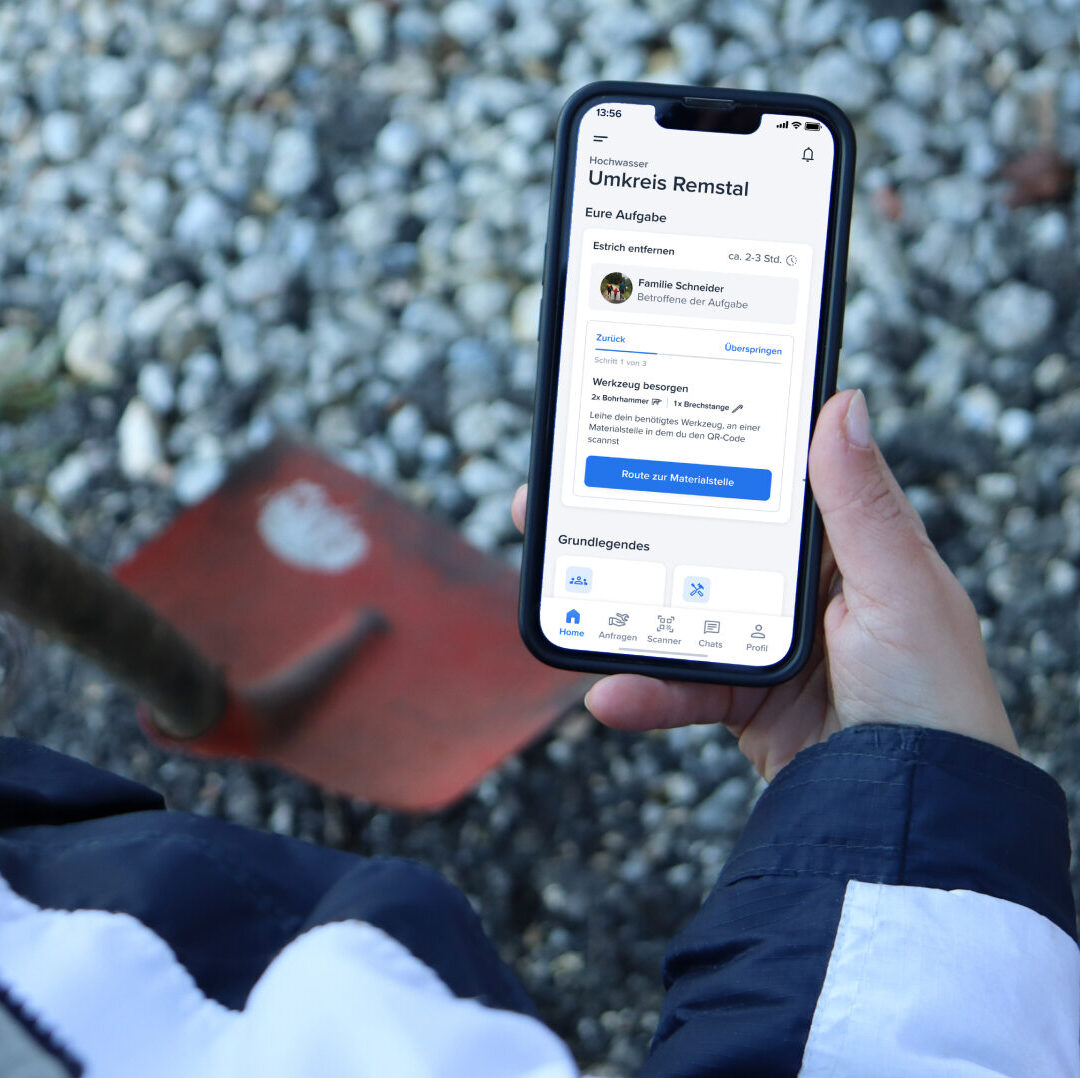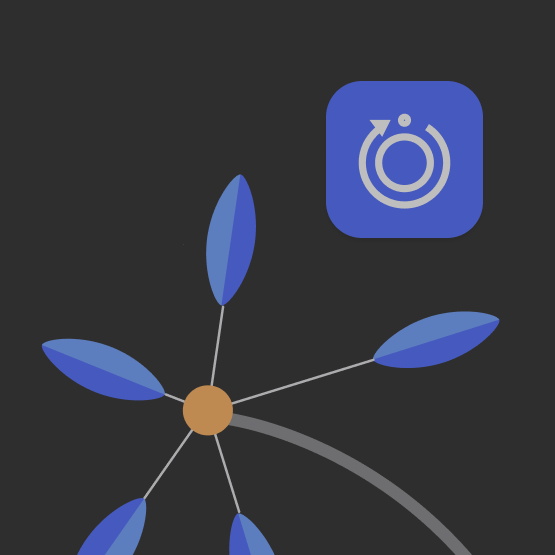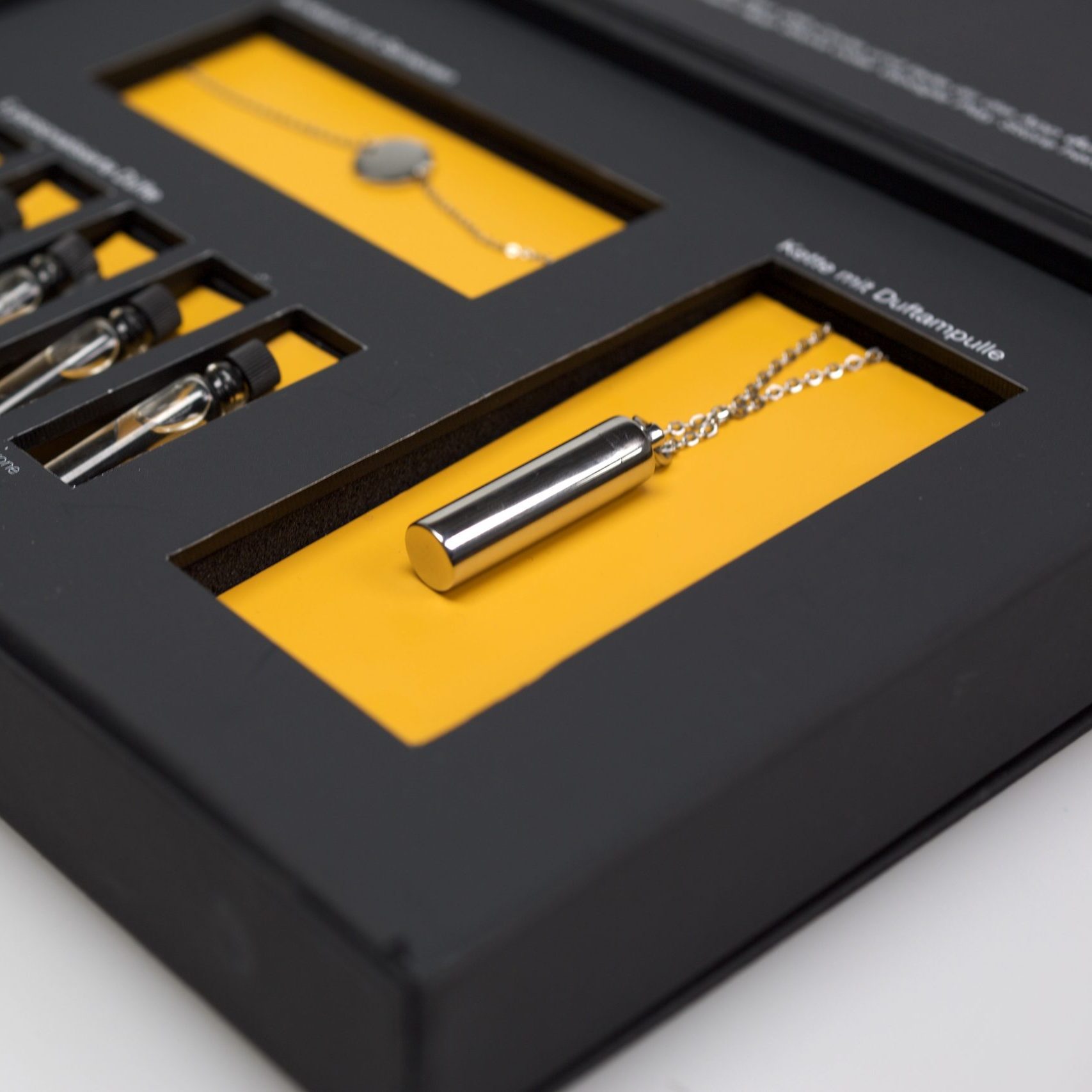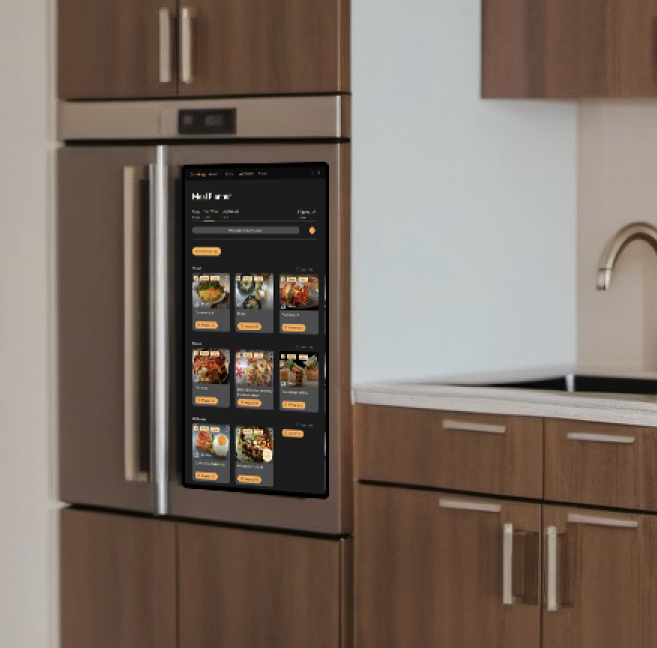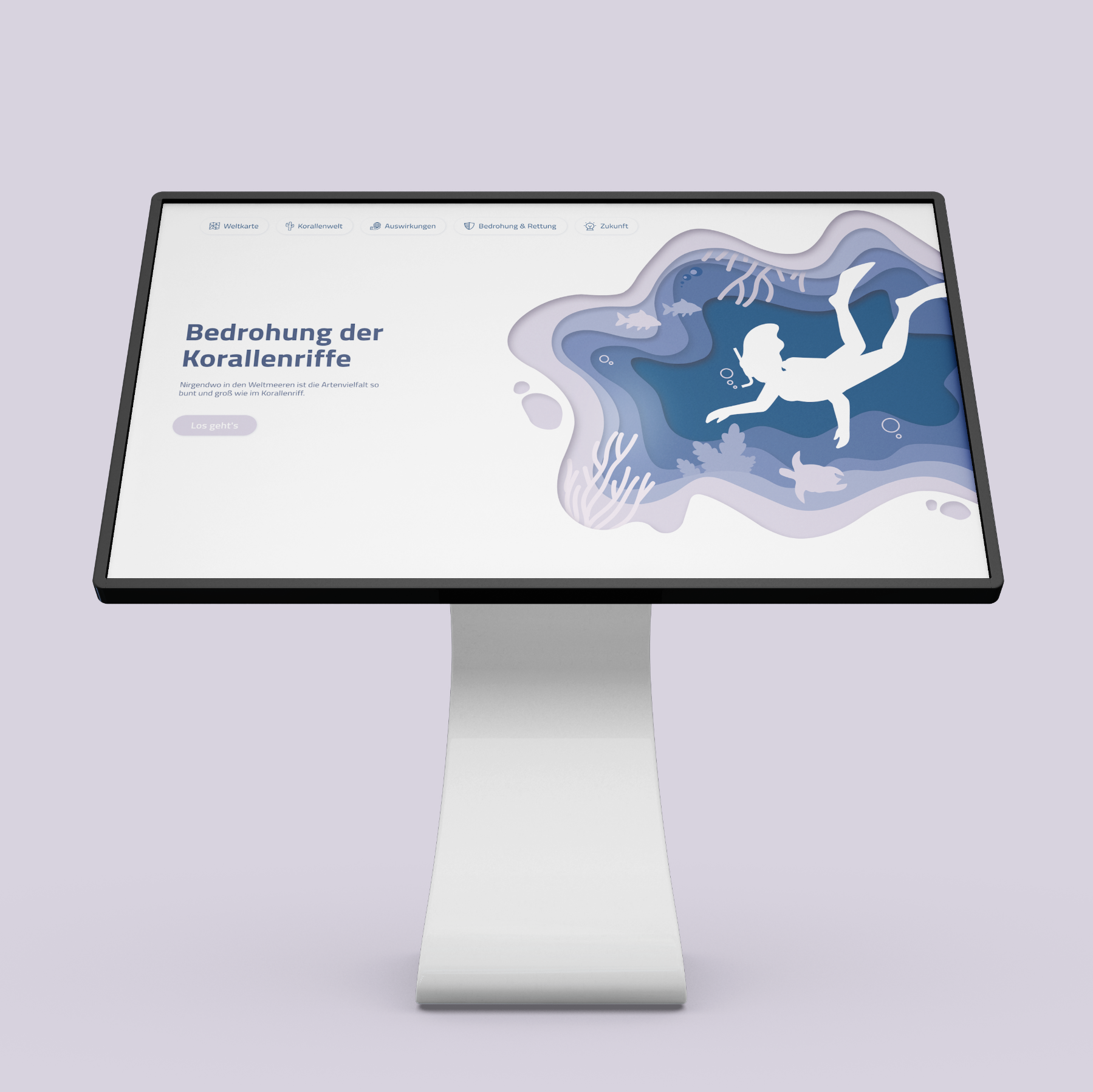dr. Botanica
Development of an application for assistance in the rescue and care of plants.
TIME
oct. – feb. 2021/22
COURSE
Design Sprint
TEAM MEMBERS
Johannes Rothkegel, Louise Tritschler, Zhijin Tian & Lena van Maris
SUPERVISION
Prof. Marc Guntow, Maximilian Schulist, Kai Wanschura, Johanna Wellnitz
TOOLS
Figma, Protopie
MY TASKS
Research, Concept of Interaction, Design & Prototyping
PROCESS:

THE IDEA:
This project was created as part of a five-day design sprint. The focus of this project was the development of user-centric features of the application.
Many know the problem that their own plants die without knowing what caused it. There are many things that you can do wrong: From proper watering to humidity to the appropriate location. To avoid this, we set ourselves the goal of providing assistance in saving and caring for plants. This resulted in our concept consisting of two products: First, we developed a “first aid” app that uses AI to determine the plant species and provide instructions on how to care for it.
On the other hand, we developed a sensor that is inserted into the soil and thus collects data about the current state of health of the plant.
SENSOR:
The sensor is to determine data on the temperature, brightness and humidity of the earth and air. For this purpose, we visualized the form and function of the sensor and printed out a form prototype with a 3D printer. This enabled us to later create a test situation that was as realistic as possible, in which the interaction between the app and the sensor could be simulated.
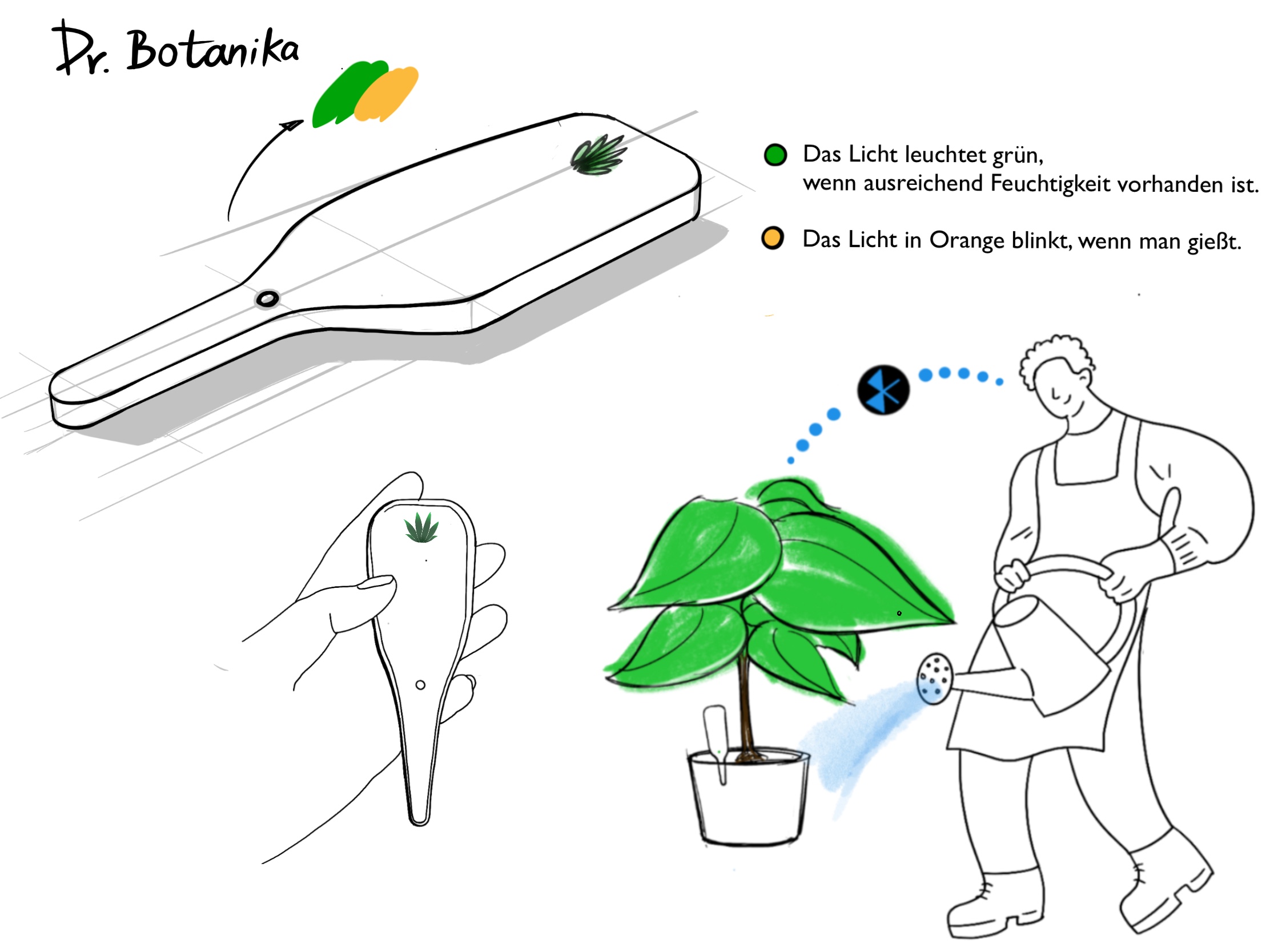
APP:
Once the key features of our app were determined, we developed initial wireframes and settled on a consistent style. After several interviews and test runs, we received feedback on our prototype, which allowed us to improve it.
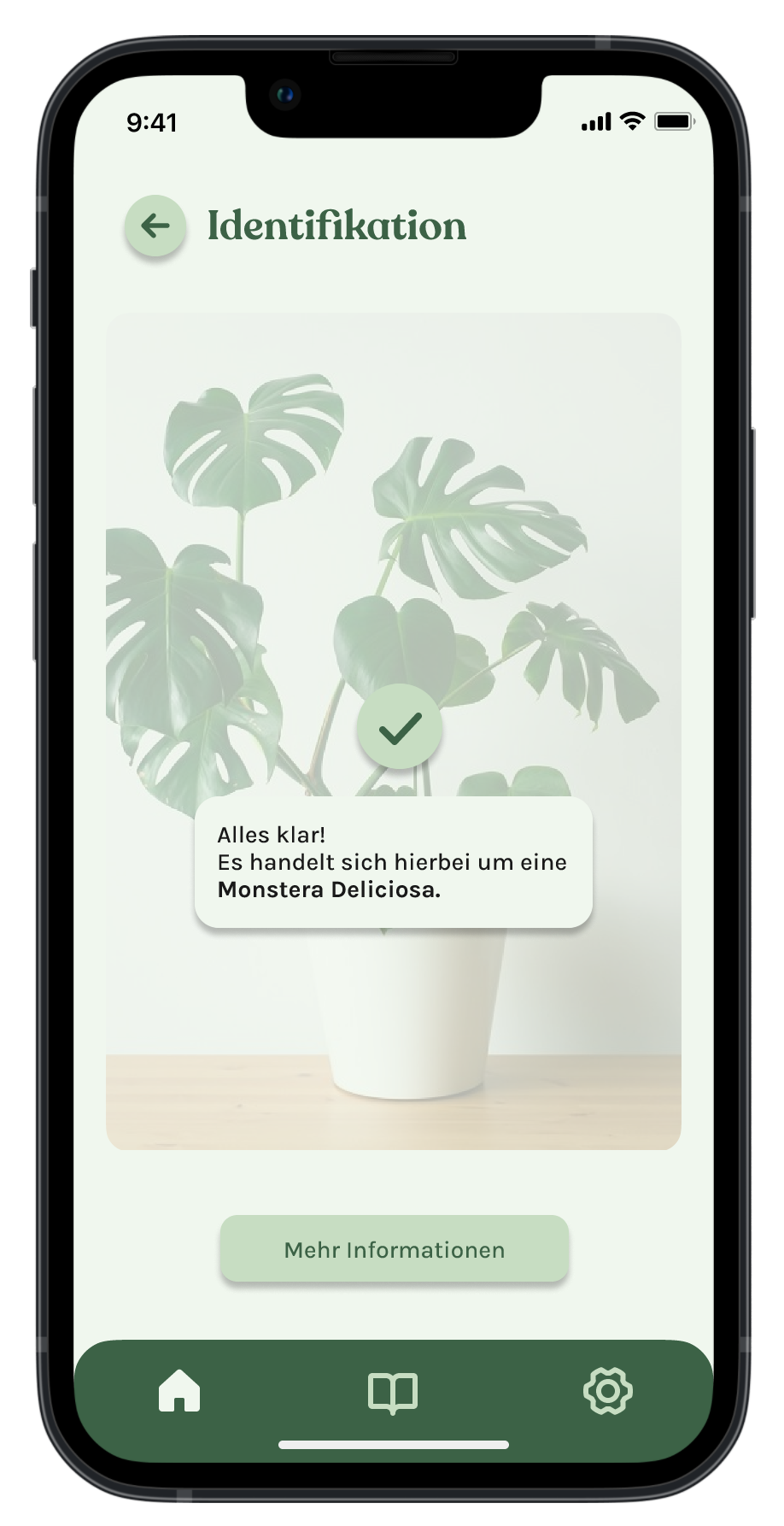
Scan function
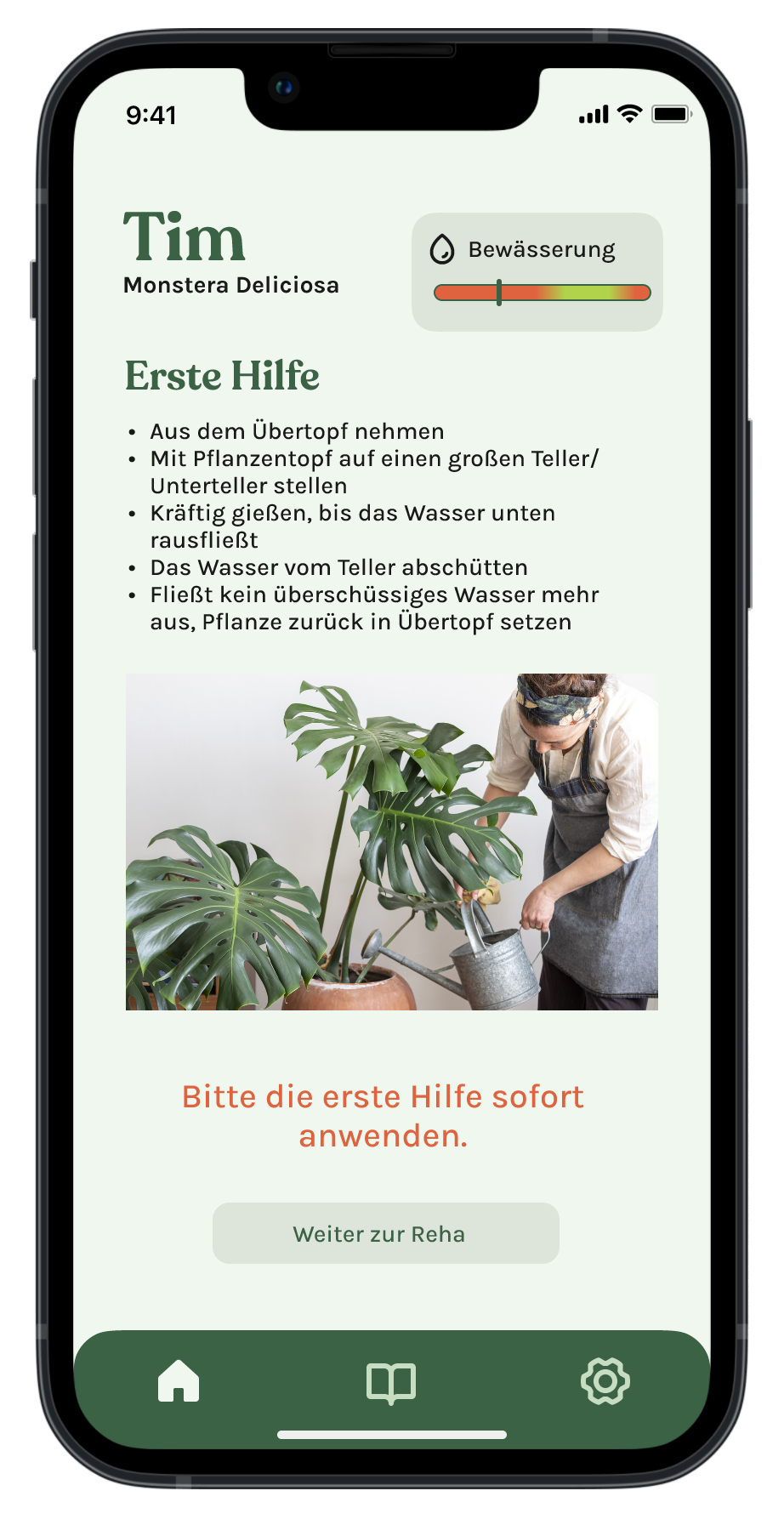
First Aid
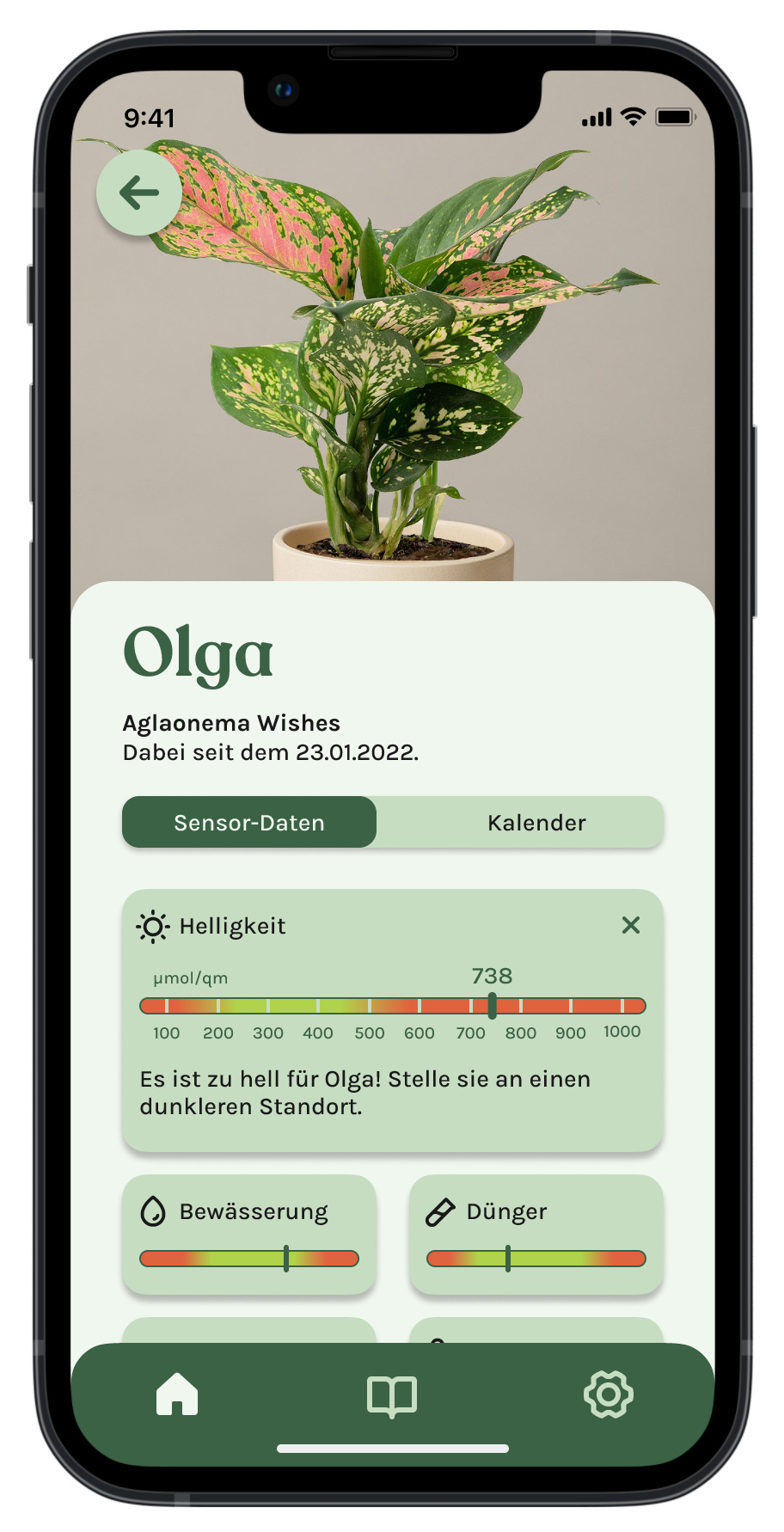
Sensor Data
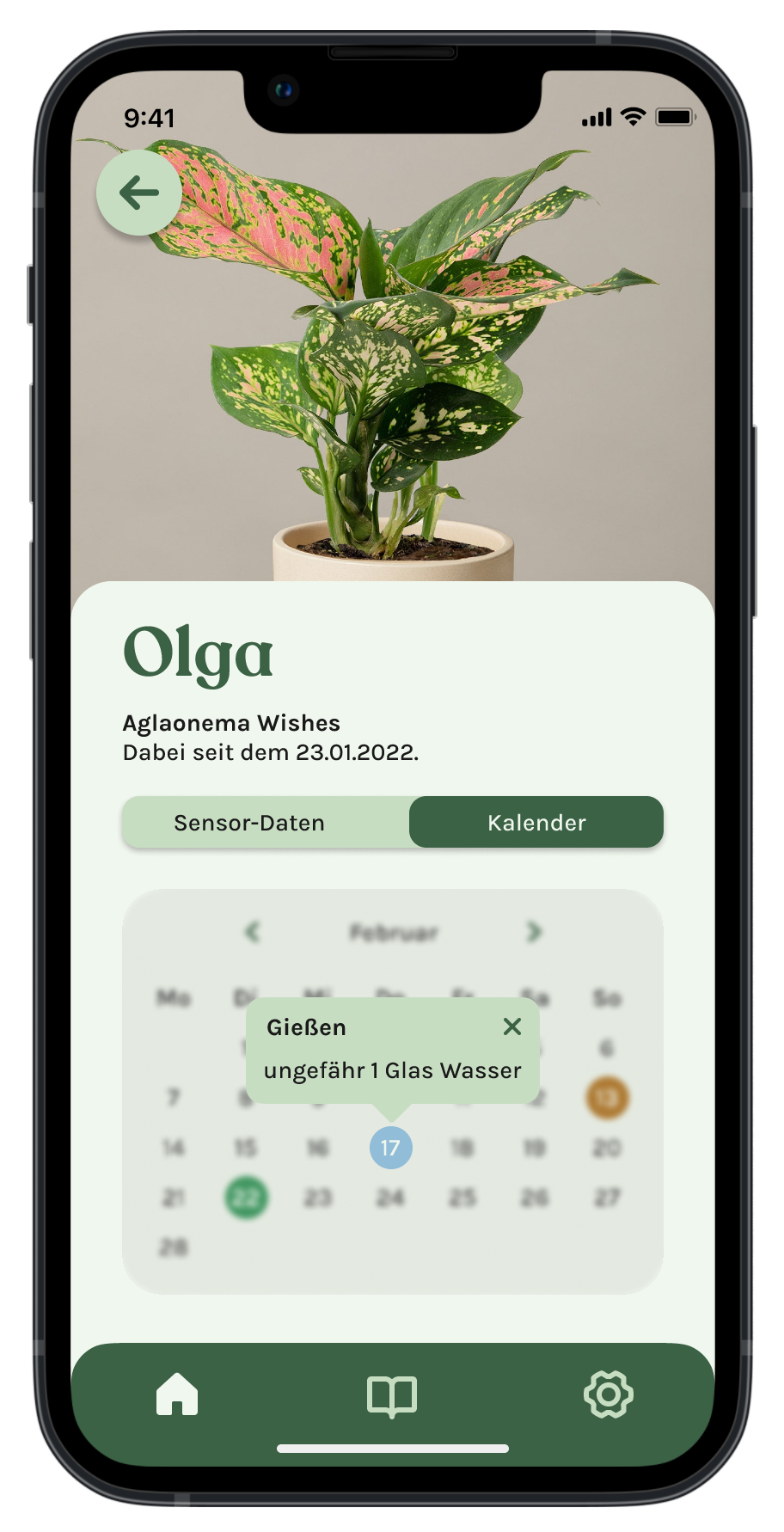
Calender
Prototype Testing:
A lot of helpful insights came out of the testing:
In the end, an app was created, consisting of the key features: scanning the plant, setting up a diagnosis and first aid instructions. With the help of an AI, the plant species is recognized and the exact data of the soil and air is collected by means of a sensor.
With the help of this video we were able to make our concept easily accessible and understandable.
